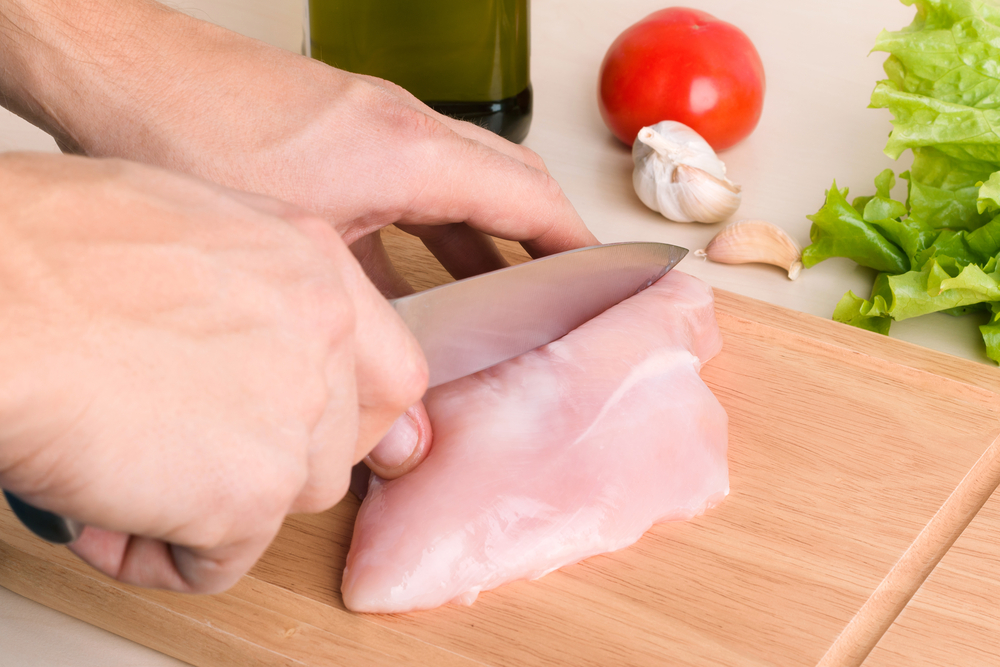
KEEP CLEAN
Wash hands before handling food and often during food preparation. Wash hands after going to the toilet. Wash and sanitize surfaces and equipment used for food preparation. Protect kitchen areas and food from animals and insects.
Photo: Shutterstock

DON'T MIX RAW AND COOKED FOOD
Separate raw meat, poultry and seafood from other foods. Use separate equipment and utensils such as knives, cutting boards for handling raw foods. Store food in containers to avoid contact between raw and prepared foods.
Photo: Shutterstock

COOK FOOD THOROUGHLY
Cook food thoroughly, especially meat, poultry, eggs, and seafood.
Bring dishes like soups and stews to boiling to make sure they have reached 70℃.
For meat and poultry make sure juices run clear, not pink. Ideally, use a thermometer. Reheat cooked food thoroughly.
Photo: Shutterstock

KEEP FOOD AT SAFE TEMPERATURES
Do not leave cooked food at room temperature for more than two hours. Refrigerate promptly all cooked and perishable food (preferably below 5℃). Keep cooked food piping hot (more than 60℃) prior to serving. Do not store food too long even in the refrigerator.
Do not thaw frozen food at room temperature, remove it from the freezer and put it in the fridge to thaw out.
Photo: Shutterstock

USE SAFE WATER AND RAW MATERIALS
Use safe water or treat it to make it safe. Select fresh and wholesome foods. Choose foods processed for safety, such as pasteurised milk.
Wash fruits and vegetables, especially if eaten raw.
Do not use food beyond its expiry date.
Photo: Shutterstock
(Source: The Star, 7 April 2014)
No comments:
Post a Comment